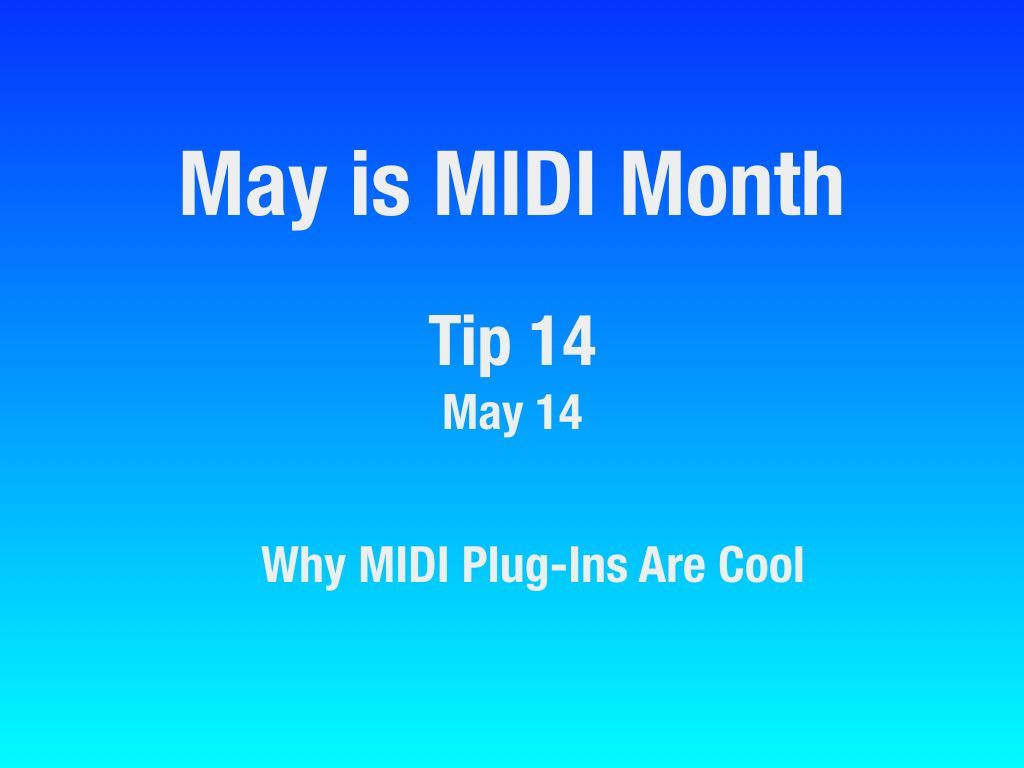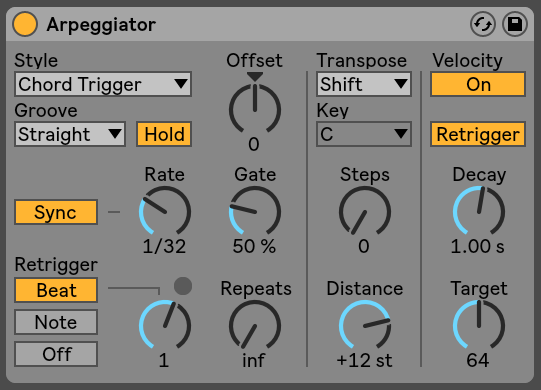May 14-Why MIDI Plug-Ins Are Cool

When audio plug-ins entered the mainstream, MIDI plug-ins took somewhat of a backseat because they weren’t the “shiny new toy” in town. However with MIDI’s resurgence, companies are paying more attention to MIDI plug-ins. For example Cubase has always had a great roster of MIDI effects, Ableton Live almost gives parity with MIDI and audio plug-ins, Logic added several in an update, Studio One has Note Effects, Digital Performer has various MIDI processors, and so on.
The great thing about MIDI plug-ins is that they can do non-destructive editing. Suppose you have a MIDI plug-in for quantization; when you lay down a drum part and don’t want to take the time to edit it to perfection, slip a MIDI plug-in into the drum’s MIDI track, and set it for 16th notes. The part will be quantized so you can play along with it easily as you lay down other parts. Once the song has developed sufficiently, then you can go back and do the needed timing edits to make the drum part really shine, and remove the plug-in.
MIDI plug-ins can also do other tricks like arpeggiation, velocity control, chord detection, snapping to scale, and even do “effects” like polyphonic echoes—ignore MIDI plug-ins at your own risk, because they’re really cool.

MIDI Generator Tips for Cubase : Ask.Audio

